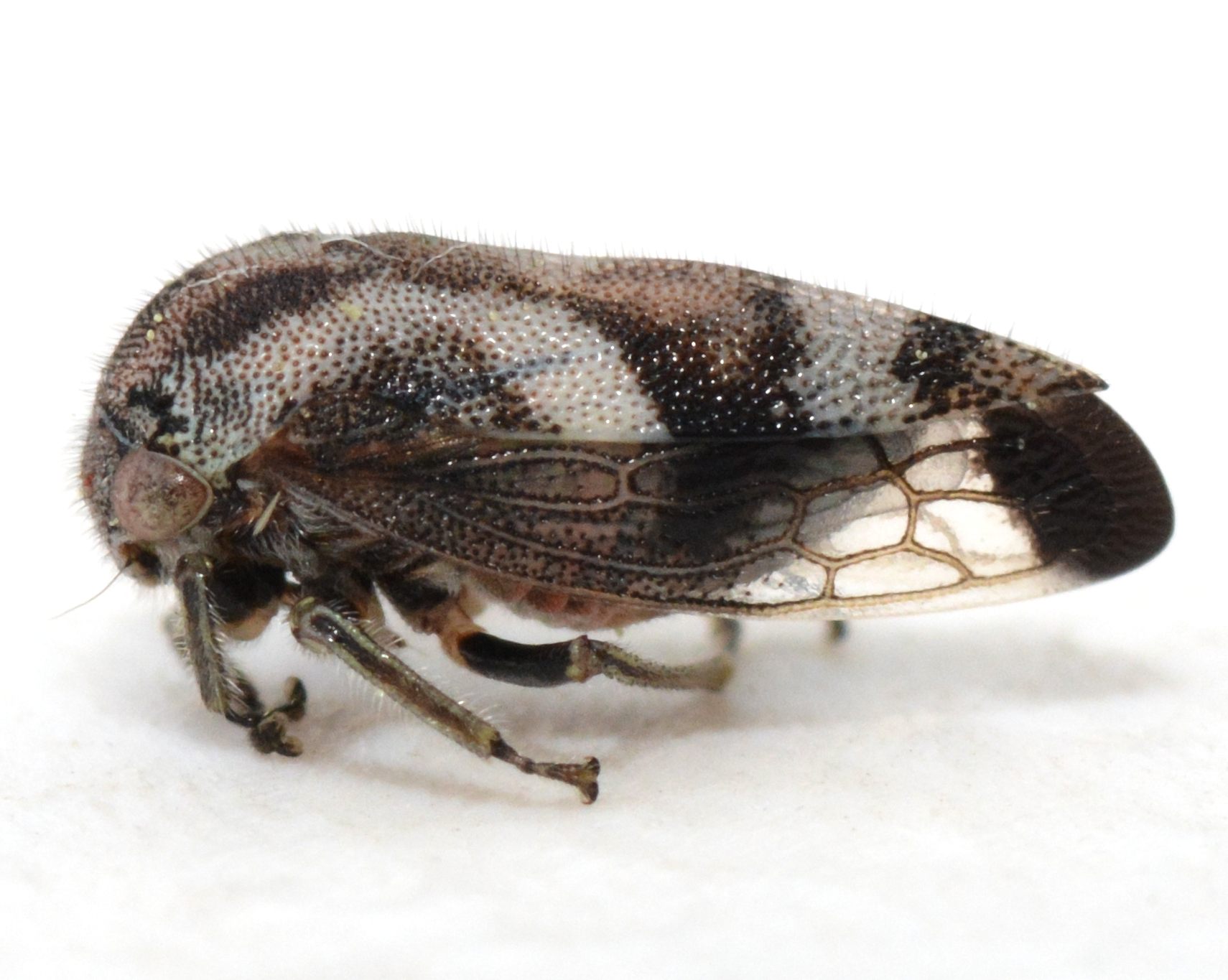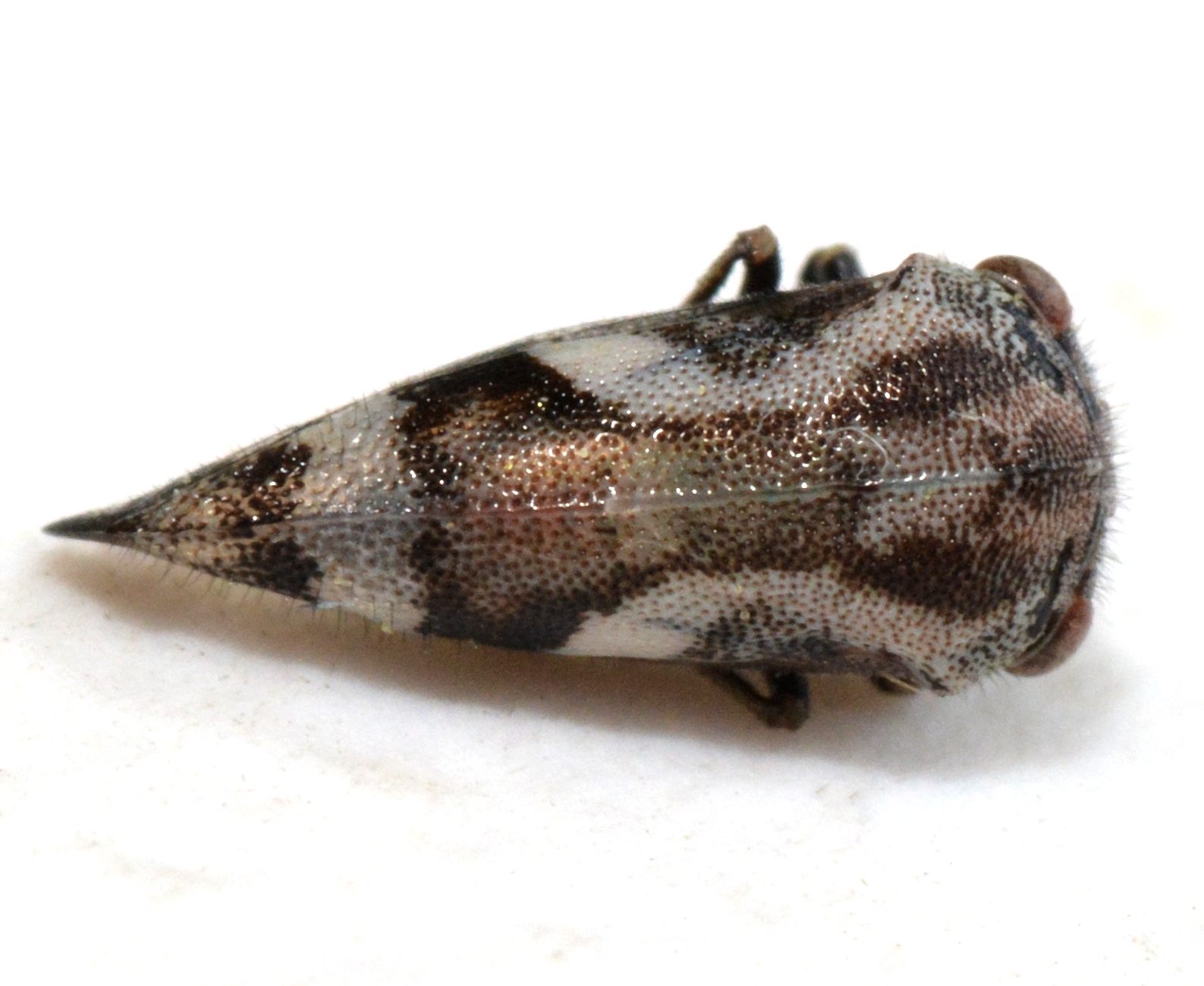| Family (Alpha): | |||
« |
 » » |
| MEMBRACIDAE Members: | NC Records | |||||
|---|---|---|---|---|---|---|
Ophiderma grisea - No Common Name | ||||||
 © Kyle Kittelberger- female |  © Kyle Kittelberger- female |  © Kyle Kittelberger- female |  © Scott Bolick |
|
Hoppers of North Carolina: Spittlebugs, Leafhoppers, Treehoppers, and Planthoppers |
| Family (Alpha): | |||
« |
 » » |
| MEMBRACIDAE Members: | NC Records | |||||
|---|---|---|---|---|---|---|
Ophiderma grisea - No Common Name | ||||||
 © Kyle Kittelberger- female |  © Kyle Kittelberger- female |  © Kyle Kittelberger- female |  © Scott Bolick |